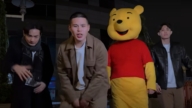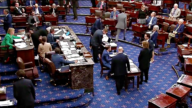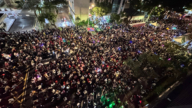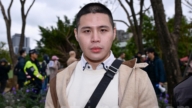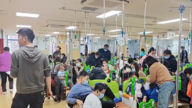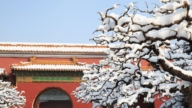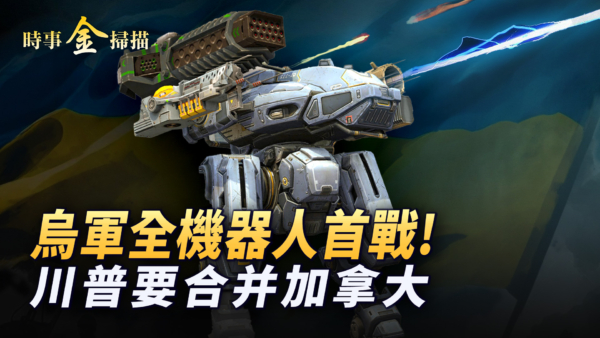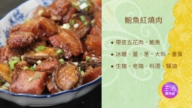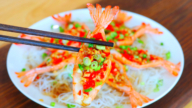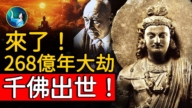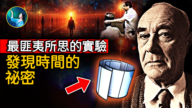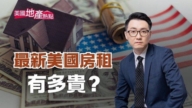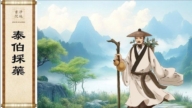【新唐人2011年6月20日訊】台灣政府近來表態,官方文件、網站不得改用簡體字,要「讓全世界都可以認識漢字之美」。許多有識之士表示,正體字才是中華文化傳承的根本,簡體字是破壞漢字和中華文化的東西。
「親不見,產不生,愛無心,厰空空」,這是諷刺簡體字違背認知原理的一句話。
由於台灣6月底將開放中國旅客自由行,近來許多商家紛紛把招牌、菜單等改成簡體字,6月15號,台灣總統馬英九公開表態:官方文件、網站等必須使用正體字,如有需要,可以提供正體字與簡體字的對照表。
馬英九在2007年指出,俗稱的「繁體字」是漢字的正宗,應該稱爲「正體字」才正確。
總統府發言人範姜泰基表示,目前「觀光局」的官方網站上,與英文、日文等其他六種語文版本並列的「簡體版」,應立即移除,以維護、貫徹「中華民國」為中華文化領航者的地位。只有在中國做宣傳才准用簡體字。
與此同時,馬英九16號也在行政院長郝柏村新書《郝柏村解讀蔣公日記1945-1949》發表會致詞時說,堅持使用正體字「是當年蔣公在文革時期復興中華文化,非常重要的一環,事後看來是有先見之明」。
許多成就卓越的學者都認識到了正體字在中華文化中的重要意義。
一位瑞典的漢學學者林西莉(Cecilia Lindqvist)認為,漢字是「全世界最好玩的字」。她在2006年接受台灣《中國時報》採訪時說:台灣人能從小就學繁體字,她認為是很幸福的事,如果哪天台灣也廢繁體而學簡體,她個人會感到非常遺憾。
1956年, 中共以易識易記利於掃盲、減少漢字總字數、書寫簡便快捷等理由, 推出漢字簡化方案。但事實證明,中國大陸沒有掃除文盲,漢字的總數卻因簡體字的出現而增加了,而在電腦打字普遍的今天,簡體字也喪失了書寫簡便的優勢。
學者劉豐傑指出,簡體字「當前是我國自秦以來文字使用最混亂的時期」。
網友「長河月影」的網文列出,簡體字的五項弊失:1、失去了諸如像形、表意的功能;2、字形醜陋;3、一字多義現象遠比正體字嚴重,造成不必要的理解誤區;4、掌握簡體字的人無法直接閱讀古代文獻;5、造成了與臺港澳、海外華僑的文化分裂,是分裂中華文化的推手。
他說:「一個文明的復興必然是建築在繼承其古典文明、並廣泛吸收世界優秀文明基礎之上的。因此,中華文明復興的第一步就是全面恢復正體字!」
網絡上一篇文章—-《簡化字不是簡體字》指出,上世紀20、30年代,中共在蘇俄慫恿下要搞「漢字拼音化」,但由於人民反對強烈,因此先將漢字簡化掉一部分,然後再根據推行情況而進一步簡化,直到人民適應拼音文字。換句話說,簡體字面世的初衷並非是爲了簡化本身,而是爲了推行漢字拼音化搞得一個半成品。
許多學者都表示,正體字是中國古老文化留下的精髓,正體字才真正能體現中華傳統文化的博大精深。
新唐人記者吳惟、李若琳綜合報導。
Taiwan Says “No” to Simplified Characters
The Taiwan Government recently claimed that, official
documents and websites should not use simplified
characters, and “Chinese characters’ beauty should
be appreciated by the world.” Many scholarly people
said that traditional characters are the foundation
of Chinese culture, but simplified characters were
created to destroy Chinese characters and culture.
“Relatives cannot be seen; productions cannot be
produced; no heart in love; factories are empty.”
These words criticize simplified characters,
which go against cognitive principles.
Since Taiwan will open its borders to individual
Chinese travelers at the end of June, many merchants
have changed their brands and menus into simplified
characters. On June 15, Taiwan President Ma Yingjiu
announced that official documents and websites should
use traditional characters,
but comparison tables can be offered, if necessary.
President Ma said in 2007 that, the so-called
“complex characters” are real Chinese characters
and should be called “traditional characters.”
Presidential spokesman, Fan Jiang Taiji, said that,
Taiwan’s Tourism Bureau website, should immediately
delete the “simplified Chinese edition,” to ensure that
Chinese culture is preserved in the “Republic of China”
and that Chinese simplified characters are only allowed
to be used when promoting Taiwan in China.
On June 16, Ma gave a speech at an official book
release conference held for Executive President,
Hao Baicun, author of the new book, “Hao Baicun
Unscrambles Chiang Kai-shek’s Diary 1945-1949.”
Ma said that Chiang Kai-shek’s insistence on preserving
traditional characters “was Chiang’s important act
to revive Chinese culture during the Cultural Revolution,
which turned out to be insightful.”
Many outstanding scholars have realized the
significance of traditional characters in Chinese
culture, like Chen Yinke, a famous sinologist who
insists on writing in classical Chinese and publishing
books in traditional Chinese characters.
A Swedish sinologist, Cecilia Lindqvist, believes that,
Chinese characters are “the most fun characters
in the world.” She told Taiwan’s China Times in 2006:
“Taiwanese people are very lucky to study traditional
characters since childhood.” She said that if Taiwan
someday replaces traditional characters with
simplified ones, she will feel very sad.
In 1956, the Chinese Communist Party (CCP) advocated
simplified characters, saying they were easy to learn
and read, faster to write, and helped reduce the number
of characters. Yet, illiteracy still exists and new
characters are being added all the time.
Computer keyboards can now type simplified characters,
so being “easy to write” has really lost its meaning.
Liu Fengjie, a scholar, said, “The use of simplified
characters has bought about the worst chaotic times
since the Qin Dynasty.”
.
A netizen named Changheyueying, explained the five
disadvantages of simplified characters: 1. they are
unable to imitate shapes or express inner meaning
2. they are ugly; 3. they contain more meanings than
traditional ones, bringing about misunderstandings;
4. people who use simplified characters cannot read
ancient articles; 5. they destroy the cultural connection
between the mainland and Taiwan, Hong Kong, Macao,
and overseas Chinese.
Changheyueying said, “The revival of a culture is based
on inheriting ancient civilizations and absorbing good
cultures worldwide. Therefore, the first step to revive
Chinese culture is to revive traditional characters!”
The online article, “Simplified Characters Are Not
Meant to Simplify,” stated that, between 1920-1930,
the CCP planned to begin “alphabetizing Chinese.”
But due to public outcry, they simplified a just few
characters at first. Then as people adapted to alphabetic
writing, they added more characters. Thus, simplified
characters were not meant to simplify, but were only
semi-finished products in the alphabetization process.
Many scholars said that, traditional characters are
cultural essences left by ancient civilizations and only
traditional characters can truly present
the greatness of Chinese traditional culture.
NTD reporters Wu Wei and Li Ruolin


